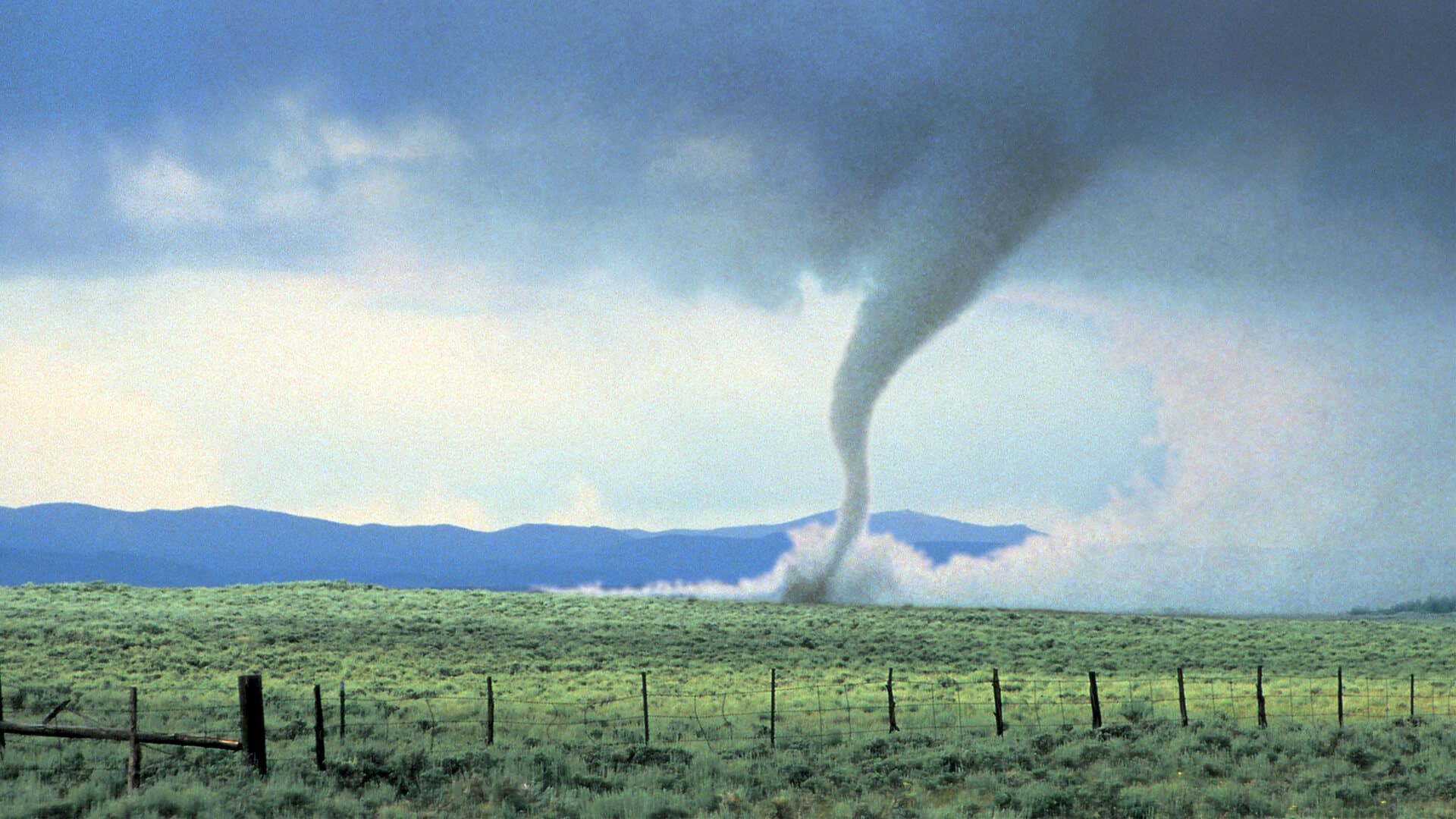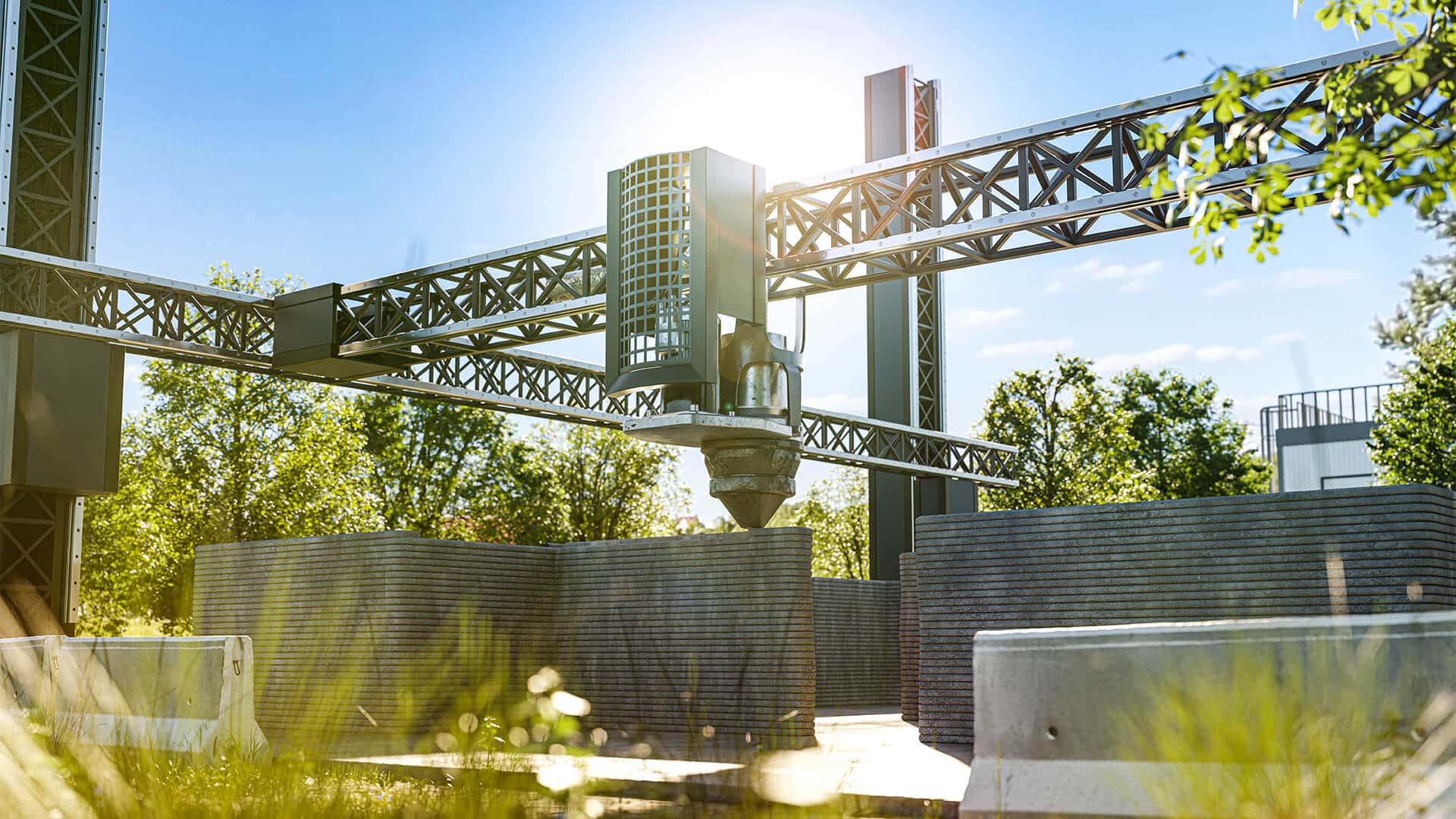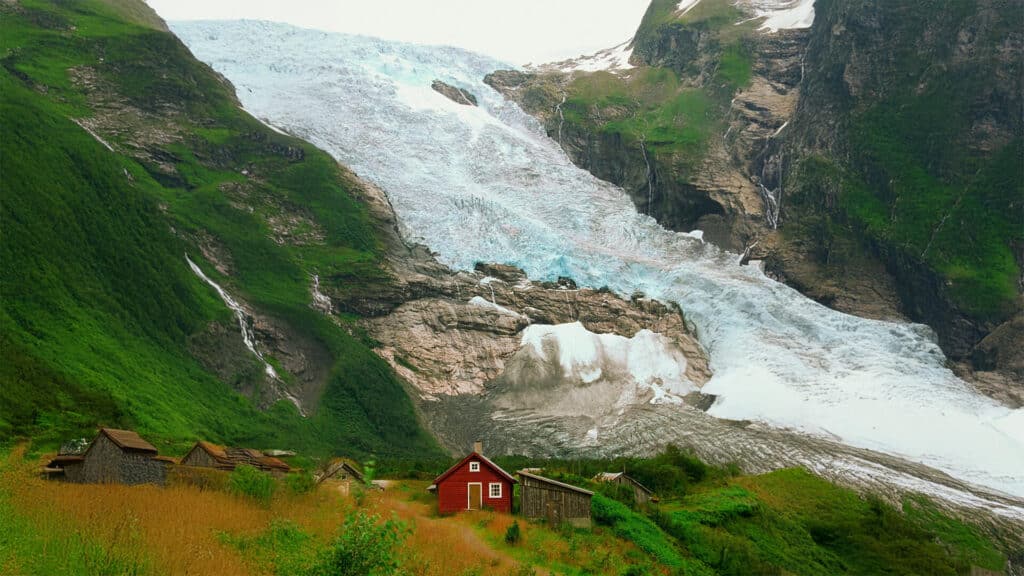Yellowstone National Park has closed its popular Biscuit Basin for the rest of the 2024 season following a dramatic hydrothermal explosion on Tuesday morning. The blast, which occurred near the Sapphire Pool, sent debris flying hundreds of feet into the air and caused significant damage to the surrounding area, the National Park Service and U.S. Geological Survey (USGS) detailed in a statement.
“Hydrothermal explosions are violent and dramatic events resulting in the rapid ejection of boiling water, steam, mud, and rock fragments,” according to the USGS. “[They] occur where shallow interconnected reservoirs of fluids with temperatures at or near the boiling point underlie thermal fields. These fluids can rapidly transition to steam if the pressure suddenly drops. Since vapor molecules take up much more space than liquid molecules, the transition to steam results in significant expansion and blows apart surrounding rocks and ejects debris.”
The explosion wrecked the walkway around the basin. Photos show a scene of chaos with wooden planks scattered across the muddy ground and the boardwalk covered in rocks and ash. Fortunately, no injuries were reported.
The impact of the blast has even changed the shape of Yellowstone’s well-known Black Diamond Pool and affected the nearby Black Opal Pool. To ensure visitor safety and assess the extent of the damage, park officials and geologists are closely monitoring the site. They’re mapping out the debris field and analyzing water samples to check for any changes in the hydrothermal system.
While Biscuit Basin remains closed, Grand Loop Road, which circles the basin, is still open to vehicles. And other nearby thermal areas like Black Sand Basin are also accessible.
Hydrothermal explosions are a natural phenomenon in Yellowstone, though they usually occur in more remote areas. Large blasts are relatively rare, only occurring every 700 years or so, according to the USGS. The agency has clarified that this event does not signal an imminent volcanic eruption.
So, while the explosion at Biscuit Basin is significant, it’s part of Yellowstone’s dynamic geothermal landscape, and there’s no indication of a larger volcanic threat.











